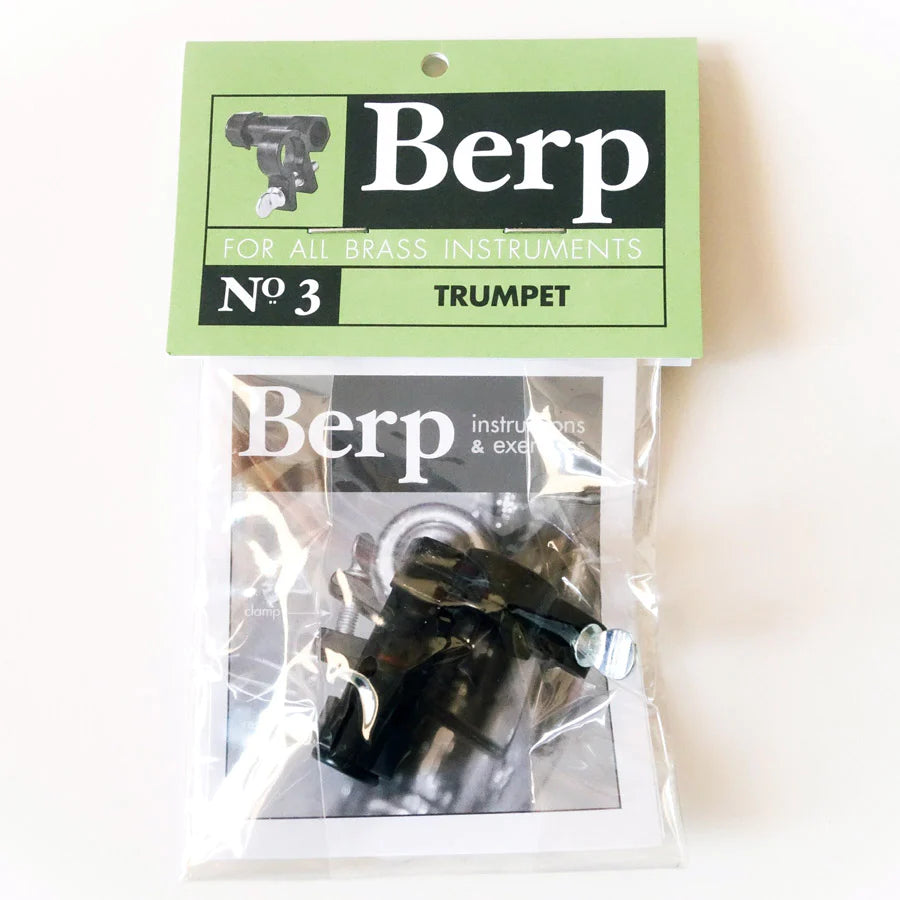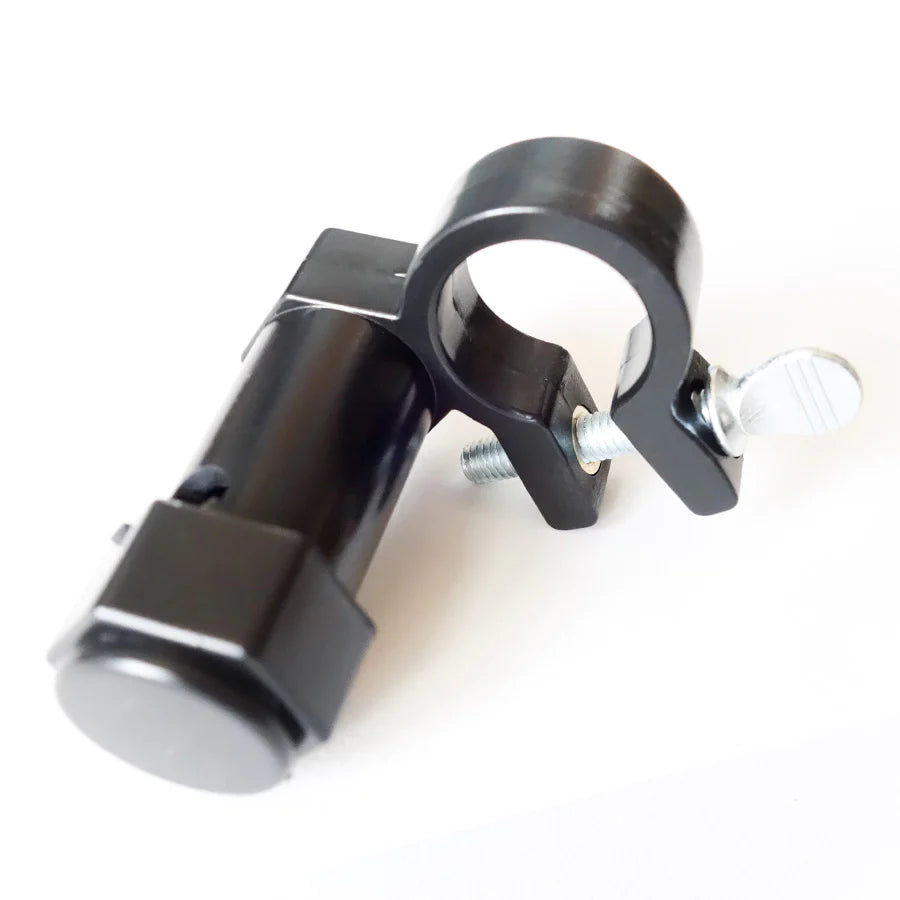BERP
BERP(buzz extension & resistance piece) Trombone/Euphonium Buzzing
BERP(buzz extension & resistance piece) Trombone/Euphonium Buzzing
Couldn't load pickup availability
birth of the berp
One of the leading proponents of buzzing the mouthpiece was James Stamp. I had the great honor of studying with Jimmy while I was a member of the Los Angeles Philharmonic, and his teachings influence the exercises and practice suggestions that make up the berp concept. He had students add resistance to the mouthpiece when buzzing by either placing their little finger over the end or adding a rubber electrical extension called an “alligator clip.” By learning to blow into resistance, you become more aware of undesirable resistance in your body, and learn how to avoid it by using proper breath support. Jimmy also asked us to finger the valves of our instruments while buzzing the mouthpiece, to make us aware of the connection between the fingers and the brain’s perception of pitch. I put the two ideas together, buzzing and fingering (or moving the slide) to the corresponding pitch, to maximize the benefits for my students and myself.
how to berp
The clamp. The Berp clamp fits firmly onto the open end of the instrument’s receiver, with the mouthpiece removed. It’s designed to tighten around a round, hex, or convex-shaped opening. If a receiver has an oversized ring at the opening, it may be necessary to push the clamp past that before tightening down. For some receivers, you may also need to add black electrical tape to the inside of the clamp to help prevent slippage and ensure a secure fit. Most people prefer to line The Berp up parallel to the receiver at the “three o’clock” position. You may want to experiment with other positions to determine what’s best for you. Once The Berp is firmly attached, you can easily alternate between buzzing and playing your instrument by switching the mouthpiece.
The resistence dial. The dial for the trumpet, horn, and cornet Berp should be positioned below the holes and pushed up to partially cover them to create the desired resistance. The dial on The Berp for trombones, euphoniums, and tubas should be positioned above the holes and lowered to create the desired resistance. Beginners usually have a better chance of getting a good buzz with slightly more resistance. Once a good buzz is achieved, resistance on The Berp should be dialed similarly to that of the instrument.
Notice!!
If out of stock, it will be automatically backordered.




Materials and care
-
Share information about this garment's materials or features.
-
Include information about its feel or performance.
-
-
Provide advice on garment storage or care.
-
Consider adding an image to this column for more visual interest.
-
Give laundering instructions including water temperature and recommended drying method.
-
Consider adding an image to this column for more visual interest.
-
Introduce a set of collections that give your customers different ways to browse your products.
-
-
List your shipping policy
-
-
Share your domestic shipping prices
-
Share your international shipping prices



